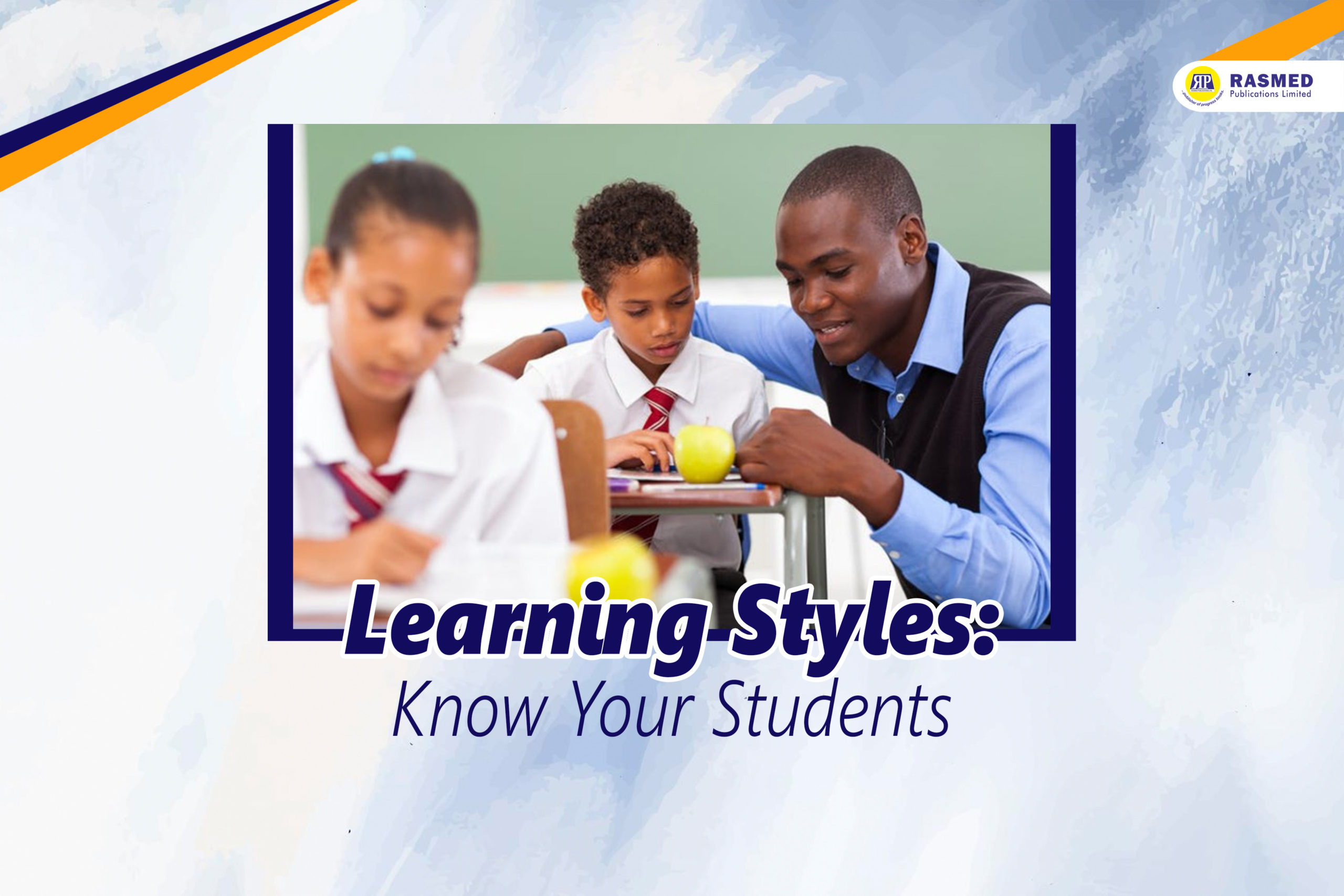
Just as humans view the world differently so their learning styles vary. Within the classroom, students are likely to learn better with different approaches. Unique learning styles does not imply that students be taught individually. Rather, these styles are to be combined into lessons so that every student is able to understand better.
An important reason why unique learning styles are important is that they may determine a students strengths and weaknesses. Knowing their learning style may also help determine what career path they may do well in. A Combination of the different styles can also help students adapt well.
We have highlighted the different learning styles so that you can know them and how to use them in your lessons.
7 Learning Styles and How They Work
Spatial learners: This also refers to visual learners who learn better by viewing pictures and images. Class activities stimulate them. They are able to remember charts and diagrams. Colours appeal to visual learners. Spatial learners are observant and not easily distracted. Using visual aids, diagrams, charts and colours in your lessons will help these learners.
Verbal learners: These students learn better by reading and writing. They also like to discuss concepts and learn new words. Each learner may lean more towards writing or reading. They are intellectual bookworms who are good with words. Copying notes, reading or writing exercises and class discussions may help verbal learners understand better.
Logical learners: Also called mathematical learners. These students learn using logic or structures. Numbers and formulas appeal to them. Students who are able to recognize patterns and are good with grouping and classifications are likely logical learners. Including statistics and classifications in your lessons can be helpful to such students.
Kinaesthetic learners: These learners learn with the help of physical aid. They enjoy a hands-on approach that allows them to be a part of and feel what they are learning. Using flashcards, board games, bricks, role-playing, dice and such can be effective teaching aids for such learners. Involving them in physical learning activities can help them grab the lesson better.
Student Learning Styles
Auditory learners: These students can be referred to as musical learners. They learn by hearing and so musical lessons appeal to them. They also like to hear concepts and examples explained to them. Auditory learners can be easily distracted and caught off guard. Explaining lessons with engaging and interesting tones can help such learners. If there are musical aids they can also be useful.
Social learners: Or interpersonal learners. These students enjoy group or collaborative learning activities. They are good communicators and are often emotionally intelligent. They learn well in setting where they are most comfortable. Include group learning and collaborative activities in your lessons. Also, give social learners specific roles within groups that allow them to use up their energy without causing a distraction. These learners can possess or combine any of the five learning styles mentioned.
Solitary learners: Or intrapersonal learners. These students like to learn by themselves. They are introspective and independent learners. Solitary learners like to go about their tasks alone. Just like the social learners, solitary learners can possess any of the other five learning styles. Make room for them to learn alone by encouraging library time and assigning individual assignments and projects.
The key to harnessing these learning styles is to use a mixed-learning approach. By incorporating them into your lessons you cater to each student’s unique style. You must be able to identify your student’s strengths and weaknesses to be able to do these effectively.
